Microbial BioRemediation database
Environmental pollution from a wide range of organic and inorganic compounds poses serious ecological and health risks. While bioremediation offers a promising solution, its application is limited by fragmented genomic resources and unsatisfactory understanding of microbial biodegradation pathways.
Here, we developed the Microbial BioRemediation database, a comprehensive and manually curated repository comprising over 642,432 bacterial protein sequences associated with the degradation of 564 pollutant compounds across 25 chemical classes. Optimized for both genomic and metagenomic analyses, the Microbial BioRemediation (MBR) database enables high-resolution functional and taxonomic profiling of microbial communities and individual bacterial strains. Validation using public genome and metagenome datasets from contaminated environments confirmed the database ability to detect both conserved and environment-specific biodegradation functions. Its application to host-associated microbiomes further confirmed the suitability of MBR for assessing how environmental exposures likely shape microbial catabolic potential across ecological contexts.
The MBR database thus serves as a strategic tool for the early-stage identification and prioritization of microbial candidates for bioremediation. By enabling the in silico selection of key microbial taxa and enzymatic functions, it supports a rational pipeline that progresses toward targeted in vitro validation and experimental characterization. This integrative approach facilitates development of next-generation, tailored strategies for the remediation of complex polluted ecosystems.

